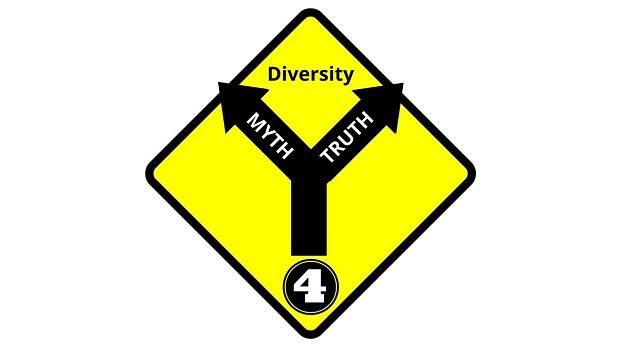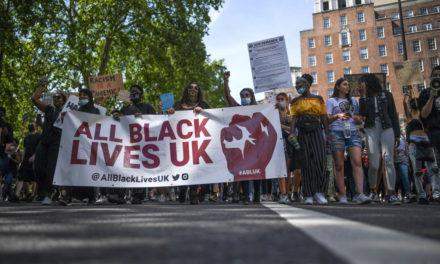
Ask any diversity practitioner if they feel understood, and the most likely answer will be that they do not. Everyone has an idea about what diversity is and what it isn’t. Of course, we are all entitled to our opinions, but too often, our opinions are not facts. This is the fourth of a five-part series to help dispel some of the myths around diversity work. Previously, I covered Diversity Myth #3: Diversity is only about differences.
Diversity Myth #4: Diversity is a win/lose proposition.
Too often, diversity is viewed as a win/lose proposition. If one groups “gets” something, then another group “loses” something.
From the majority perspective, introducing a diversity strategy and implementing goals means that they have to give something up. They don’t think there is any benefit in diversity, because (as we discussed in the first myth) they think diversity isn’t about them. There is no WIIFM (“What’s in it for me?”) and no connection to the need for these goals.
This creates problems on the non-majority side, because now there is a sense that they were hired to satisfy demographic needs, not because of their skills. They may feel they constantly have to prove themselves in their jobs, which diverts their energy from their day-to-day tasks.
It’s a stressful situation for everyone. At its root are limited mindsets and power dynamics. If I believe there are a limited number of jobs, then I must make every effort to hold onto “my” job, because there might not be another one. When the system has been set up to benefit one group, leveling the playing field to make it equal for everyone sounds threatening.
And yet, this is a false stance.
Diversity Fact: Diversity is a win/win proposition.
Once we get clear on the first three myths – that diversity is about non-majority and majority, others as well as myself, differences along with commonalities – then we begin to see the intersectionality of what diversity is. When we see that, we can begin to understand that diversity is not a win/ lose situation.
Study after study has shown that diversity is good for everyone. Just a few examples:
- Much legislation around equal employment and nondiscrimination came out of the civil rights movement in the United States. As more and more women entered the workforce, they needed caregivers for their children. The childcare industry emerged, creating jobs and careers for many. The Pregnancy Discrimination Act was signed into law in 1978, and employee benefits such as maternity leave were implemented. In turn, those laws and benefits have grown into paternity and family leave, which benefits everyone.
- Globally, studies show that the more women there are in the workforce, the higher the GDP of the country. In the U.S., achieving gender parity has the potential to add $4.3 trillion to the economy by 2025.
- Diversity drives innovation. Diverse companies are 45% likelier to report year-over-year growth, and 70% likelier to have captured a new market. Companies that grow not only keep people employed, they hire more people to support their growth.
Some benefits of diversity in the workforce may be obvious and immediate; some may take more time. Just because one group is helped doesn’t mean another is hurt. As a matter of fact, what we find is that when one group is helped, we all eventually prosper.
That’s just good for everyone.
Next week: Diversity myth #5: Diversity is optional.


















